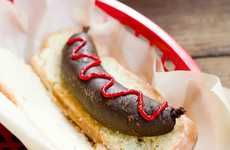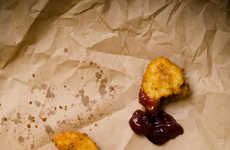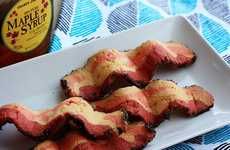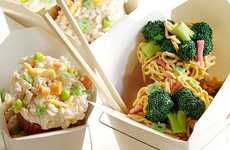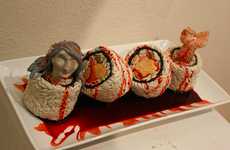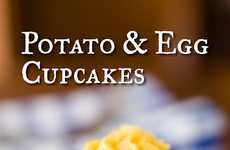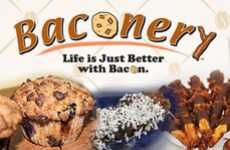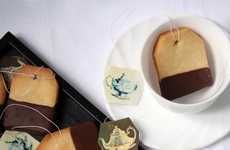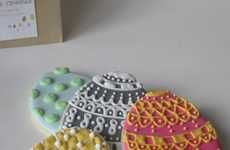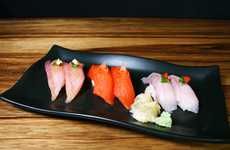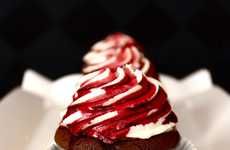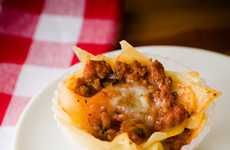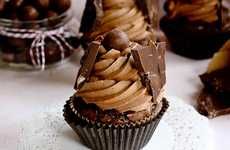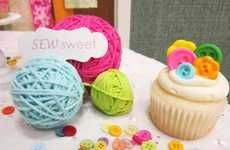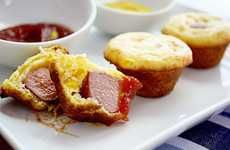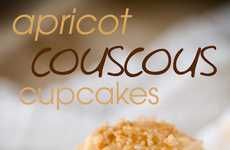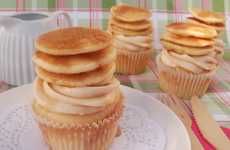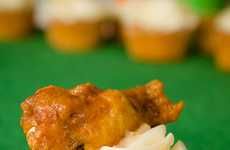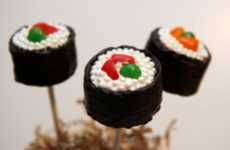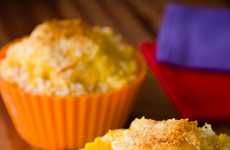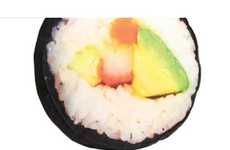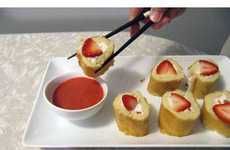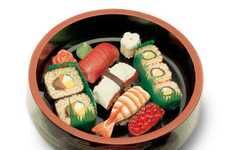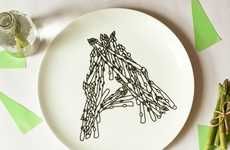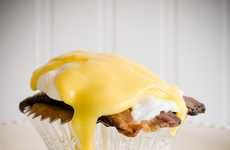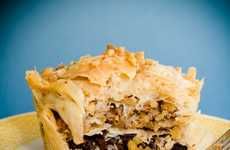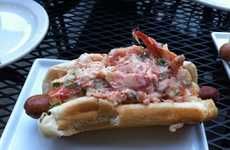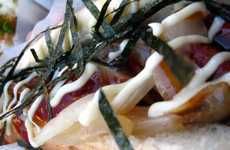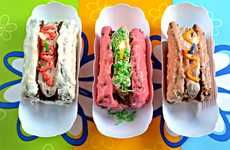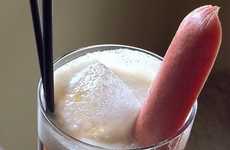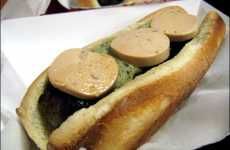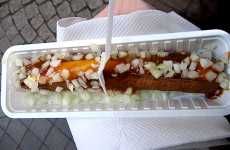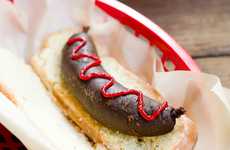
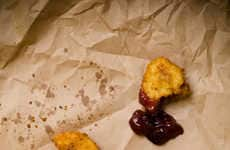
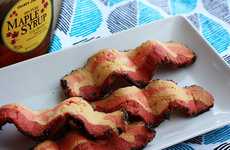
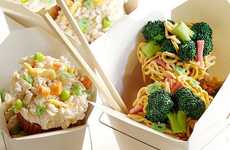
Modern foodies take extra pleasure in deceptively disguised edibles
Implications - Food culture is more prevalent today than ever, with modern foodies adding extra unconventional elements to their edibles. The latest pattern in modern eating sees a slew of confused cuisine, with bloggers and restaurants offering dishes that taste nothing like they seem to. This adds an extra element of fun to food, making the act of eating a complete sensory experience. This desire for a dash of thrill speaks to a consumer-wide thirst for excitement within everyday life.
Trend Themes
1. Deceptive Food - Creating food that disguises its true flavors and intentions creates a unique sensory experience and speaks to a consumer desire for excitement.
2. Sweet Deception - Deceivingly sweet foods that resemble savory dishes create a fun, playful, and novel experience for consumers.
3. Faux Food - Creating faux food items that look and taste like something else, such as bacon or sausage, add an element of surprise and humor to consumers' eating experiences.
Industry Implications
1. Food and Beverage - These trends provide opportunities for companies in the food and beverage industry to experiment with unique flavors and appearances to increase customer engagement and satisfaction.
2. Hospitality and Tourism - The playful and exciting nature of these food trends can attract tourists and locals alike to hotels and restaurants that offer these unique items, increasing revenue and brand recognition.
3. Arts and Culture - The artistic and creative nature of these food trends lends itself to collaborations with museums, galleries, and shows, allowing for unique and engaging events and exhibitions that blend both food and art.
